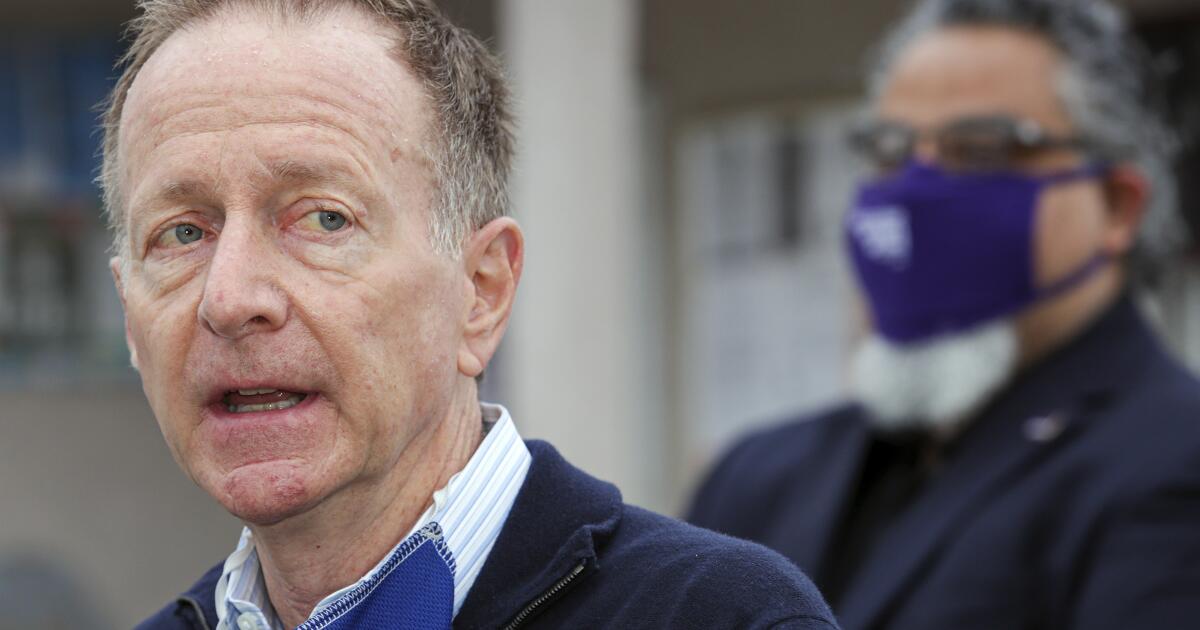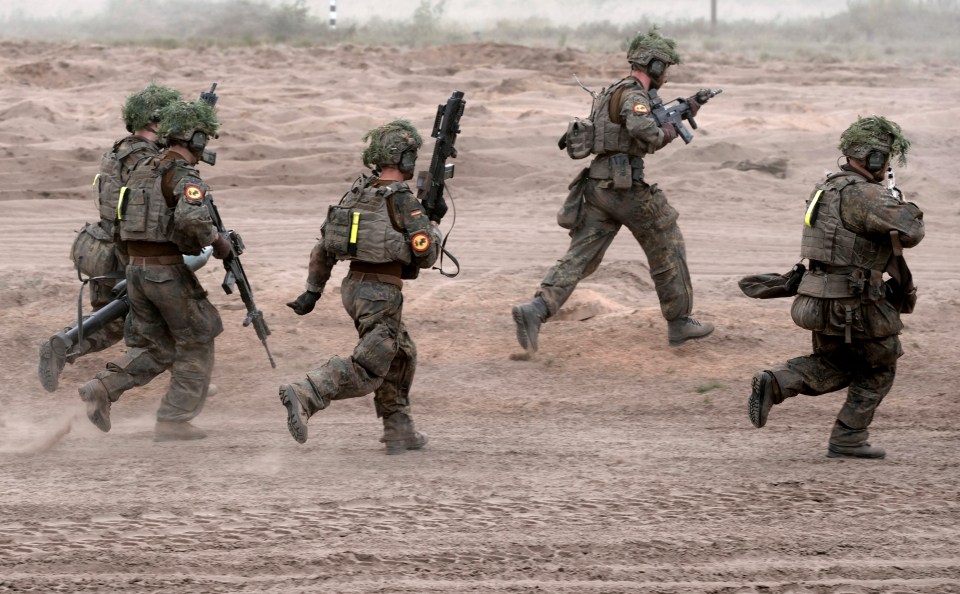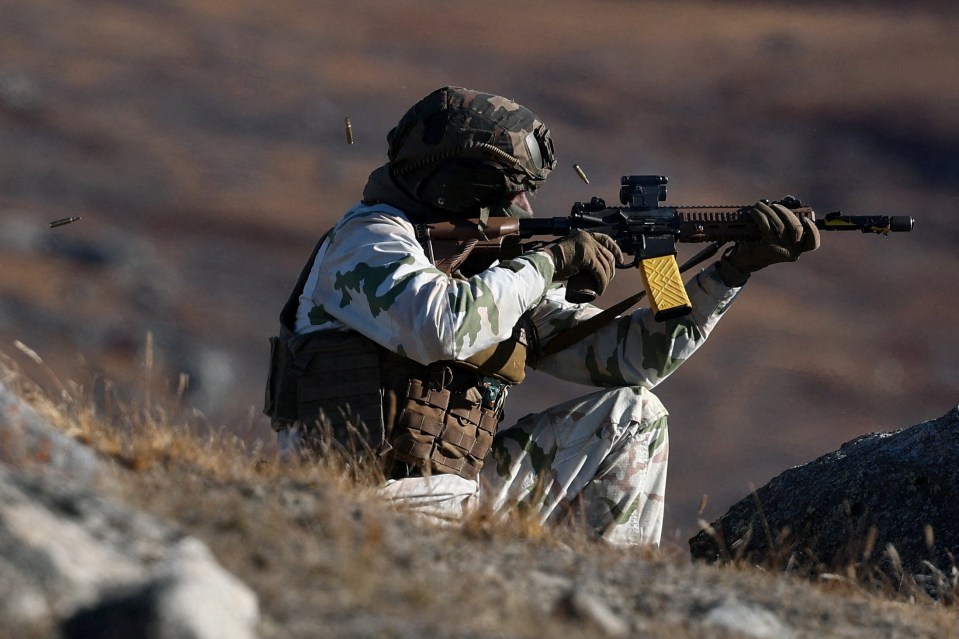Lots of people travel on planes as it’s hard to resist a break away in the sun; however, if you’re preparing to board soon, then you need to be aware of some health advice
Lots of people travel on planes, but there are a few rules people may want to follow if they want to keep on top of their health while flying. Holidaymakers often worry about jet lag, but there’s another mid-air menace many don’t talk about, and it’s known as travel constipation.
From uncomfortable bloating to sluggish digestion, pharmacists say flying creates the perfect storm for gut trouble but, with the right prep, it doesn’t have to ruin your trip. In fact, if you travel a lot, there’s a simple way you can keep on top of your health when flying.
Pharmacist Seema Khatri of Roseway Labs explained: “Airplane cabins are pressurised to the equivalent of around 6,000 to 8,000 feet above sea level. That lower pressure makes gases in your digestive system expand, which is why so many people feel bloated in the air.
“Add in dry cabin air, sitting still for hours and a disrupted eating routine, and your gut slows right down. It’s no surprise constipation is one of the most common post-flight complaints.”
She added that fizzy drinks, beans, garlic and onions are frequent culprits for in-flight bloating, as they create gas which expands more at altitude. Alcohol, meanwhile, not only dehydrates but can irritate the digestive tract, making matters worse.
According to Khatri, many people unknowingly make choices that compound the issue. “Skipping water in favour of coffee or wine is one of the biggest mistakes,” she added. “Both dehydrate you further. Another common mistake is ignoring the urge to use the plane toilets, but holding it in just makes things harder later.
“Heavy, processed meals before or during flights are another trigger. Fast food and sugary snacks often replace fibre-rich meals when people are travelling, and that low fibre intake makes constipation far more likely.”
To keep things moving, the expert shared some top tips. Khatri’s top pharmacist-approved strategies include:
- Stay well-hydrated before and during your flight. Start increasing your water intake one to two days before you travel, aiming for 2.7 to 3.7 litres a day, depending on your body size. Continue to sip water throughout the flight.
- Get up and walk the aisle every hour or do stretches in your seat.
- Choose herbal teas over fizzy or caffeinated drinks to stimulate digestion.
- Don’t ignore the urge to go. Use the toilet when you need it.
Khatri added: “Hydrate properly in the days before flying, keep meals light and fibre-rich and avoid alcohol where you can. Sticking to your normal sleep and bathroom routine also helps reduce disruption. With just a little preparation, you can save yourself a very uncomfortable holiday start.”
She said you can also pack some snacks to aid matters such as oat bars to give you a fibre boost without the bloat. Nuts and seeds are also filling, light and digestion-friendly.
As well as this, bananas and dried fruit are also good things to add. Khatri explained there are also a few mistakes you should avoid, which include:
- Swapping water for wine or coffee.
- Holding it in instead of using the loo.
- Loading up on fast food and fizzy drinks pre-flight.















